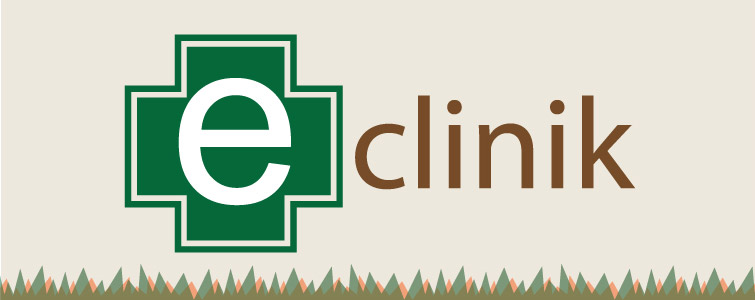Wheat
Triticum aestivum is the second most important food crop in India, contributing nearly one-third of the total food grain production. Production of wheat is massively affected by several insect pests right from sowing up to harvesting. Termites, along with other insect pests, namely, Gujhia weevil, army worm, brown wheat mite, aphid and jassids, pose great threat and results into massive economic loss India.
Seed treatment with chlorpyriphos 20EC @ 4.5ml/kg or endosulfan 35EC @ 7.3 ml/kg offers an effective control.
- For preventing termite damage, treat the seeds with chlorpyriphos or endosulfan using 90 and 240 ml a.i., respectively with 5 litres of water and spray over one quintal seed spread on floor and frequently turn to ensure proper treatment.
- Seed treatment with imidacloprid 17.8% SL @ 0.6 g a.i./kg seed, or Fipronil (Regent 5FS @ 0.3 g a.i./kg seed) is also very effective. In the standing crop, the broadcasting of the insecticide treated soil at the time of first irrigation be practiced. For this, endosulfan 35EC @ 2.3 litre or chloropyriphos 20 EC @ 3 litre mixed in 50 kg soil be used for one hectare field.
- In case preventive seed treatment against termites could not be taken, mix 0.8 litre chlorpyriphos with 50 kg soil and broadcast in one hectare field followed by light irrigation if feasible.
For seed dressing metal seed dresser / earthen pots or polythene bags are used.
Soil application of carbofuran or chlorpyriphos 20EC @ 1.25 kg a.i./ha or 25 kg/ha of methyl parathion 2% dust or quinalphos 1.5% dust is also effective in termite management.
Do not rely on the popular crude method of releasing chlorpyriphos drop by drop to the irrigation water. This method neither ensures uniform treatment, nor standardised and validated scientifically.
High density sowing: Sow seeds at higher rate than the recommended dose as compensatory to termite damage. Surviving plants later may be thinned to the appropriate number/stand.
A dried wheat plants pulled out - typical termite symptom
Dried wheat plants pulled out from the field - serious termite problem
Ant colonization in wheat - a natural control in non-chemical treatment plots
Pusa-push-pull practice in wheat for termite management
Total Visit: 02012444


